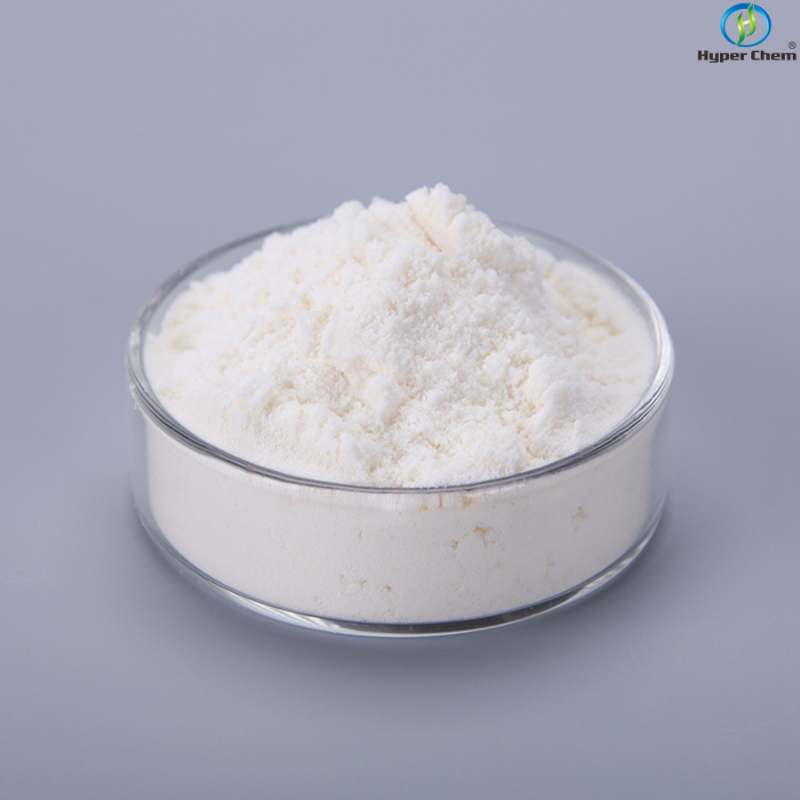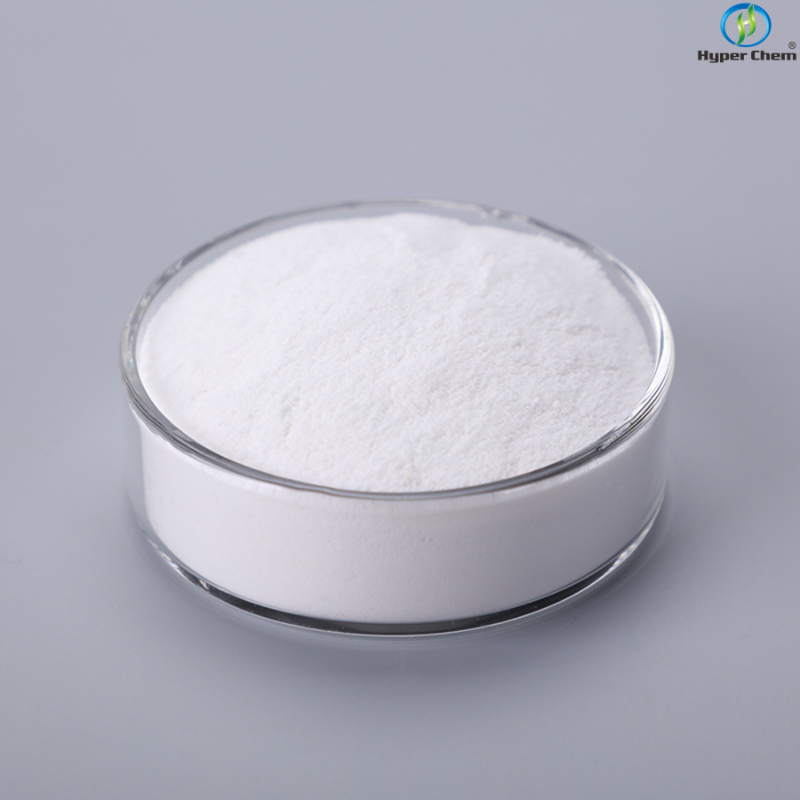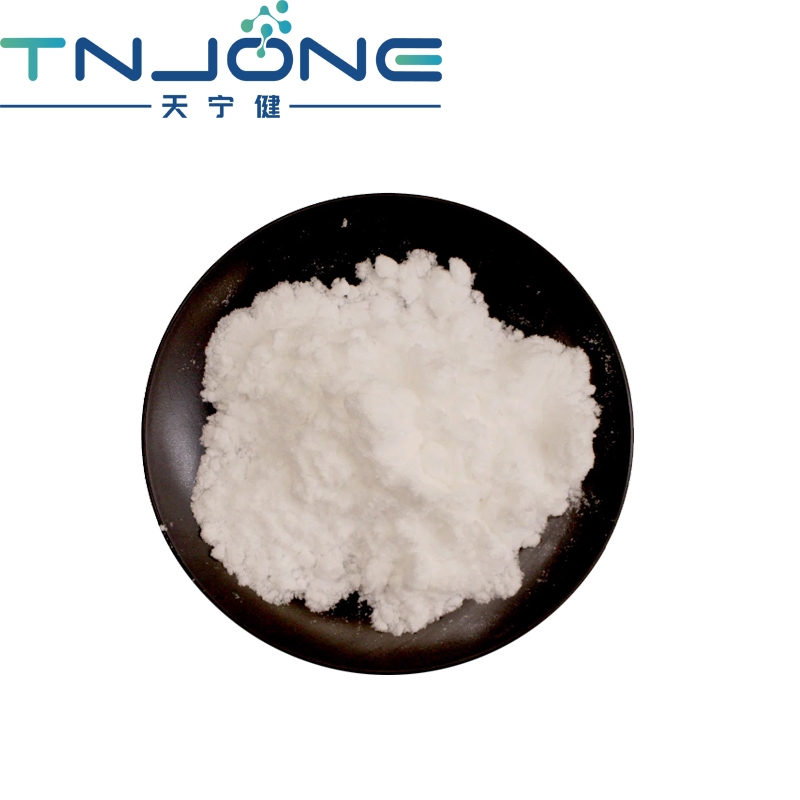-
Categories
-
Pharmaceutical Intermediates
-
Active Pharmaceutical Ingredients
-
Food Additives
- Industrial Coatings
- Agrochemicals
- Dyes and Pigments
- Surfactant
- Flavors and Fragrances
- Chemical Reagents
- Catalyst and Auxiliary
- Natural Products
- Inorganic Chemistry
-
Organic Chemistry
-
Biochemical Engineering
- Analytical Chemistry
-
Cosmetic Ingredient
- Water Treatment Chemical
-
Pharmaceutical Intermediates
Promotion
ECHEMI Mall
Wholesale
Weekly Price
Exhibition
News
-
Trade Service
Allogeneic hematopoietic stem cell transplantation (Allo-HSCT) is currently the only curable treatment option for a variety of hematological malignancies, bone marrow failure states, and certain non-malignant diseases
.
Acute graft-versus-host disease (aGVHD) is a common and life-threatening complication of Allo-HSCT and one of the leading causes of non-relapse mortality (NRM) in patients
.
The current standard first-line treatment for aGVHD in clinical practice is systemic corticosteroid therapy.
However, 35-60% of patients will eventually become corticosteroid-resistant, and there are limited effective follow-up options for such patients
.
Therefore, some researchers are actively exploring other effective treatment strategies besides corticosteroids for aGVHD
.
Itacitinib is a potent, oral, selective Janus kinase (JAK) 1 inhibitor with clinical activity in aGVHD in preliminary clinical studies
.
Based on this, some researchers have carried out the GRAVITAS-301 study, which aims to evaluate the efficacy and safety of Itacitinib vs placebo in combination with corticosteroids as a first-line regimen for the treatment of aGVHD
.
>>>Study Methods The GRAVITAS-301 trial was a randomized, double-blind, multicenter Phase III clinical study that enrolled eligible patients from 129 hospitals and communities in 19 countries
.
Patients were randomly assigned (1:1) to receive itacitinib plus corticosteroids (itacitinib group) or placebo plus corticosteroids (placebo group) via an interactive voice response system
.
Both groups received methylprednisolone 2 mg/kg intravenously (or the equivalent dose of oral prednisone), and the Itacitinib group received additional Itacitinib 200 mg, once a day
.
The primary endpoint of the study was overall response rate (ORR) at day 28, defined as the proportion of patients who achieved a complete response (CR), very good partial response (VGPR), or partial response (PR) 28 days after treatment initiation
.
The safety analysis included patients who received at least one dose of study drug
.
>>>Study Results Research Process and Baseline The GRAVITAS-301 trial enrolled 439 eligible patients between July 19, 2017, and October 3, 2019, who were randomly assigned to itacitinib (N=219) or placebo group (N=220) (see Figure 1 for details)
.
Demographic characteristics and baseline disease characteristics were broadly evenly distributed between the two groups of patients
.
Of these, 173 (39%) were female and 390 (89%) were white
.
At baseline, 24% of patients (51 in the itacitinib group; 56 in the placebo group) developed clinically high-risk aGVHD
.
Figure 1: Flow chart of the GRAVITAS-301 trial study.
Efficacy At the data cutoff date (October 3, 2019), 10 of 219 patients (5%) in the itacitinib group and 17 of 220 (8%) in the placebo group %) are still receiving blinded study treatment
.
The most common reasons for treatment discontinuation and dose reduction were adverse events (AEs) in the itacitinib group and AEs and GVHD progression in the placebo group
.
After discontinuation of study drug, 67 (31%) patients in the itacitinib group and 80 (37%) in the placebo group received additional GVHD therapy
.
Ruxolitinib was the most common nonsteroidal second-line treatment, with 16 patients (7%) in the itacitinib group and 30 patients (14%) in the placebo group receiving ruxolitinib
.
Patients in the itacitinib group generally received ruxolitinib later than in the placebo group
.
At day 28, the ORR was 74% (95% CI 67.
6-79.
7) in the itacitinib group and 66% (95% CI 59.
7-72.
6) in the placebo group (P=0.
078, Table 1)
.
Subgroup analysis showed that among patients with standard-risk aGVHD at baseline, the day 28 ORR was 78% in the itacitinib group, and the CR rate was 57%; Among patients at risk for aGVHD, the day 28 ORR was 61% and the CR rate was 42% in the itacitinib group compared with 56% and 35% in the placebo group (P=0.
57)
.
Table 1: ORR by CIBMTR Response Index at Day 28 Estimated NRM at 6 months was similar between itacitinib (197 evaluable) and placebo (196 evaluable) patients (P=0.
80, Figure 2A )
.
For patients with standard-risk or high-risk aGVHD at baseline, there was no difference in 6-month NRM between the two groups
.
For the analysis of failure-free survival, median follow-up was 148 days in the itacitinib group and 130 days in the placebo group; failure events occurred in 64% of the itacitinib group and 67% of the placebo group (Figure 2B)
.
At a median survival follow-up of 273 and 267 days in the itacitinib group and 267 days in the placebo group, 29% of the itacitinib group and 30% of the placebo group died (Figure 2C)
.
The most common major cause of death in both groups was infection
.
Figure 2: Patient NRM and Survival Status The safety study included 431 patients eligible for safety analysis, including 215 in the itacitinib group and 216 in the placebo group
.
AEs were reported in 208 of 215 itacitinib-treated patients (97%) and 214 of 216 placebo-treated patients (99%) (see Table 2 for details)
.
Grade ≥3 AEs occurred in 86% and 82% of patients in the itacitinib arm and placebo arm, respectively, the most common including thrombocytopenia (36% vs 31%) and neutropenia (23% vs 21%) , anemia (20% vs 12%), and hyperglycemia (12% vs 13%)
.
Treatment-related mortality was 1% in the itacitinib group and 2% in the placebo group
.
Grade ≥3 treatment-related reductions in lymphocyte counts occurred in 4 of 215 patients (2%) receiving itacitinib, compared with no patients in the placebo group
.
Fatal AEs occurred in 22 of 215 patients (10%) in the itacitinib group and in 29 of 216 patients (13%) in the placebo group
.
The most common lethal AEs by system organ class were infections and infectious diseases
.
The most common AE leading to treatment discontinuation in both groups was thrombocytopenia
.
Table 2: Incidence of AEs in the two groups >>> Conclusions For patients with aGVHD, the improvement in the primary endpoint (day 28 ORR) observed with the addition of itacitinib to corticosteroid therapy did not reach the prespecified significance compared to placebo level
.
Itacitinib is generally well tolerated as first-line treatment of aGVHD and may provide clinical benefit in some patients
.
Reference: Robert Zeiser, Gérard Socié, Mark A Schroeder, et al.
Efficacy and safety of itacitinib versus placebo in combination with corticosteroids for initial treatment of acute graft-versus-host disease (GRAVITAS-301): a randomised, multicentre, double -blind, phase 3 trial.
Lancet Haematol.
2022 Jan;9(1):e14-e25.
Click "read the original text", we will make progress together
.
Acute graft-versus-host disease (aGVHD) is a common and life-threatening complication of Allo-HSCT and one of the leading causes of non-relapse mortality (NRM) in patients
.
The current standard first-line treatment for aGVHD in clinical practice is systemic corticosteroid therapy.
However, 35-60% of patients will eventually become corticosteroid-resistant, and there are limited effective follow-up options for such patients
.
Therefore, some researchers are actively exploring other effective treatment strategies besides corticosteroids for aGVHD
.
Itacitinib is a potent, oral, selective Janus kinase (JAK) 1 inhibitor with clinical activity in aGVHD in preliminary clinical studies
.
Based on this, some researchers have carried out the GRAVITAS-301 study, which aims to evaluate the efficacy and safety of Itacitinib vs placebo in combination with corticosteroids as a first-line regimen for the treatment of aGVHD
.
>>>Study Methods The GRAVITAS-301 trial was a randomized, double-blind, multicenter Phase III clinical study that enrolled eligible patients from 129 hospitals and communities in 19 countries
.
Patients were randomly assigned (1:1) to receive itacitinib plus corticosteroids (itacitinib group) or placebo plus corticosteroids (placebo group) via an interactive voice response system
.
Both groups received methylprednisolone 2 mg/kg intravenously (or the equivalent dose of oral prednisone), and the Itacitinib group received additional Itacitinib 200 mg, once a day
.
The primary endpoint of the study was overall response rate (ORR) at day 28, defined as the proportion of patients who achieved a complete response (CR), very good partial response (VGPR), or partial response (PR) 28 days after treatment initiation
.
The safety analysis included patients who received at least one dose of study drug
.
>>>Study Results Research Process and Baseline The GRAVITAS-301 trial enrolled 439 eligible patients between July 19, 2017, and October 3, 2019, who were randomly assigned to itacitinib (N=219) or placebo group (N=220) (see Figure 1 for details)
.
Demographic characteristics and baseline disease characteristics were broadly evenly distributed between the two groups of patients
.
Of these, 173 (39%) were female and 390 (89%) were white
.
At baseline, 24% of patients (51 in the itacitinib group; 56 in the placebo group) developed clinically high-risk aGVHD
.
Figure 1: Flow chart of the GRAVITAS-301 trial study.
Efficacy At the data cutoff date (October 3, 2019), 10 of 219 patients (5%) in the itacitinib group and 17 of 220 (8%) in the placebo group %) are still receiving blinded study treatment
.
The most common reasons for treatment discontinuation and dose reduction were adverse events (AEs) in the itacitinib group and AEs and GVHD progression in the placebo group
.
After discontinuation of study drug, 67 (31%) patients in the itacitinib group and 80 (37%) in the placebo group received additional GVHD therapy
.
Ruxolitinib was the most common nonsteroidal second-line treatment, with 16 patients (7%) in the itacitinib group and 30 patients (14%) in the placebo group receiving ruxolitinib
.
Patients in the itacitinib group generally received ruxolitinib later than in the placebo group
.
At day 28, the ORR was 74% (95% CI 67.
6-79.
7) in the itacitinib group and 66% (95% CI 59.
7-72.
6) in the placebo group (P=0.
078, Table 1)
.
Subgroup analysis showed that among patients with standard-risk aGVHD at baseline, the day 28 ORR was 78% in the itacitinib group, and the CR rate was 57%; Among patients at risk for aGVHD, the day 28 ORR was 61% and the CR rate was 42% in the itacitinib group compared with 56% and 35% in the placebo group (P=0.
57)
.
Table 1: ORR by CIBMTR Response Index at Day 28 Estimated NRM at 6 months was similar between itacitinib (197 evaluable) and placebo (196 evaluable) patients (P=0.
80, Figure 2A )
.
For patients with standard-risk or high-risk aGVHD at baseline, there was no difference in 6-month NRM between the two groups
.
For the analysis of failure-free survival, median follow-up was 148 days in the itacitinib group and 130 days in the placebo group; failure events occurred in 64% of the itacitinib group and 67% of the placebo group (Figure 2B)
.
At a median survival follow-up of 273 and 267 days in the itacitinib group and 267 days in the placebo group, 29% of the itacitinib group and 30% of the placebo group died (Figure 2C)
.
The most common major cause of death in both groups was infection
.
Figure 2: Patient NRM and Survival Status The safety study included 431 patients eligible for safety analysis, including 215 in the itacitinib group and 216 in the placebo group
.
AEs were reported in 208 of 215 itacitinib-treated patients (97%) and 214 of 216 placebo-treated patients (99%) (see Table 2 for details)
.
Grade ≥3 AEs occurred in 86% and 82% of patients in the itacitinib arm and placebo arm, respectively, the most common including thrombocytopenia (36% vs 31%) and neutropenia (23% vs 21%) , anemia (20% vs 12%), and hyperglycemia (12% vs 13%)
.
Treatment-related mortality was 1% in the itacitinib group and 2% in the placebo group
.
Grade ≥3 treatment-related reductions in lymphocyte counts occurred in 4 of 215 patients (2%) receiving itacitinib, compared with no patients in the placebo group
.
Fatal AEs occurred in 22 of 215 patients (10%) in the itacitinib group and in 29 of 216 patients (13%) in the placebo group
.
The most common lethal AEs by system organ class were infections and infectious diseases
.
The most common AE leading to treatment discontinuation in both groups was thrombocytopenia
.
Table 2: Incidence of AEs in the two groups >>> Conclusions For patients with aGVHD, the improvement in the primary endpoint (day 28 ORR) observed with the addition of itacitinib to corticosteroid therapy did not reach the prespecified significance compared to placebo level
.
Itacitinib is generally well tolerated as first-line treatment of aGVHD and may provide clinical benefit in some patients
.
Reference: Robert Zeiser, Gérard Socié, Mark A Schroeder, et al.
Efficacy and safety of itacitinib versus placebo in combination with corticosteroids for initial treatment of acute graft-versus-host disease (GRAVITAS-301): a randomised, multicentre, double -blind, phase 3 trial.
Lancet Haematol.
2022 Jan;9(1):e14-e25.
Click "read the original text", we will make progress together







